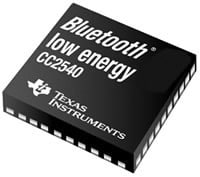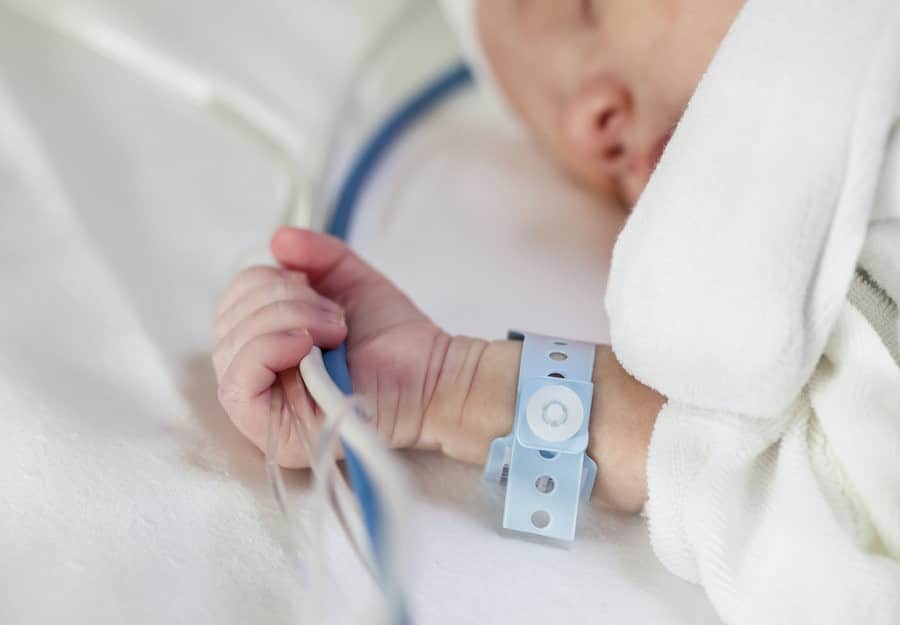A research team from Indian Institute of Science (IISc.), Bengaluru decided to design a product that would help to solve the problem of neonatal mortality, which refers to infant mortality within the first month after birth.
Neonatal mortality in India is alarmingly high, and it is mainly seen when the baby is born prematurely. Premature babies do not have enough body mass to generate body heat and to regulate the body temperature. When the body temperature drops below the critical level, various health problems arise. The World Health Organisation (WHO) has classified the various levels of hypothermia. If the baby’s body temperature is within the range of 36°C-36.5°C, it is classified as mild hypothermia. If it is between 32°C-36°C, it is moderate hypothermia, and if it is below 32°C, it is very severe hypothermia, and could be fatal.
The challenge
Professor Amrutur, who is a member of the team of researchers from IISc., said, “In well-equipped hospitals, the baby can be placed in a neonatal Intensive Care Unit (NICU), and fortunately many babies make it past this stage. However, the harsh reality in India is that there is a lack of facilities and premature babies are discharged from the hospital along with the parents and they have to be looked after at home. So we thought, if the baby cannot go to the NICU, can we take the NICU to the baby?”
So they took this up as a challenge. They partnered with a team of doctors from St. John’s Hospital, Bengaluru. The doctors said that there were many important parameters of the baby that are monitored in the NICU, but the most important parameter is the body temperature of the baby.
They came up with an initial IoT system that consisted of a lot of sensors. The baby would be kept in a swing, and remotely monitoring takes place while the data received by the sensors would be sent to the cloud to be analysed. If there was a requirement, the doctors from a local healthcare centre could go and intervene and give the baby the appropriate medical treatment.
The doctors told them that in the current scenario, there was absolutely no information about the baby’s health after it was discharged from the hospital. They needed something that would give them information about the health of the baby, for a minimum period of 4 weeks, even in regions where power was not available. The device should not be affected by moisture, and the mother should be able to operate it easily.
There did exist technologies such as Liquid Crystal Thermography, and digital thermometers that could not be used because they would not last for the minimum required lifetime of 4 weeks. Also, these technologies needed manual intervention and this made them unsuitable for use. So the team decided to create a completely new device, which would be optimised for low power usage as well as ease of use. The device had to be extremely small, considering how tiny premature babies are. One problem that they encountered while optimising the size of the device was that the batteries tend to be the size-limiting factor.
Professor Amrutur said that they made a few important design choices while creating the product. Even though the doctors had told them they did not require a very high degree of accuracy in temperature measurement, they decided to use a thermistor that is used in an NICU. The NICU-grade thermistors turned out to be very affordable. The second design decision was to use to BLE (Bluetooth Low Energy) in their devices, because they needed something that would use very little power, since it had to last for four weeks. They used a Texas Instruments chip which had an MCU (microcontroller unit) with BLE. They integrated the antenna on the PCB.

First version of the device
The first version of the device had a microcontroller with an integrated ADC (analogue to digital converter), an encryption engine in the chip from Texas Instruments, a radio interface, a thermistor and an analog front end. The thermistor is basically a resistor and it works on the principle that its resistance changes based on its temperature. Thermistors are calibrated in the factory, and the list of calibration values can be used to find out the corresponding temperature for a particular resistance value. To measure the resistance, the most common method is to use a Wheatstone Bridge. A Wheatstone bridge has the benefit of providing immunity against the power supply noise. The voltage difference across the arms of the bridge is processed and fed to the microcontroller. The microcontroller that they used had the capability of digitising an analog input signal using the ADC. This ADC required a reference voltage that could be provided from outside. So they used one of the I/O pins of the microcontroller to power up the resistor stack, which helped to activate the device only when required and hence saved a lot of power. With certain calculations, they were able to calculate the value of the thermistor resistance that was connected across the Wheatstone bridge. Once this value was obtained, using the calibration table, the temperature value could also be calculated. They were able to achieve an accuracy of up to 0.1°C, which is similar to the level of accuracy in a NICU-grade temperature sensor.
Professor Amrutur stressed on the importance of packaging, especially in the field of wearables. For their first version of packaging, they used a 3D printer for fabrication. The device consisted of a metal cap, and a conductive adhesive onto which the thermistor was fixed. It was attached to a belt which could be fitted around the baby. However, there were a few issues, regarding the belt design and the materials that were used in the packaging. The material needed to be hypoallergenic, because premature babies have very fragile and sensitive skin.












